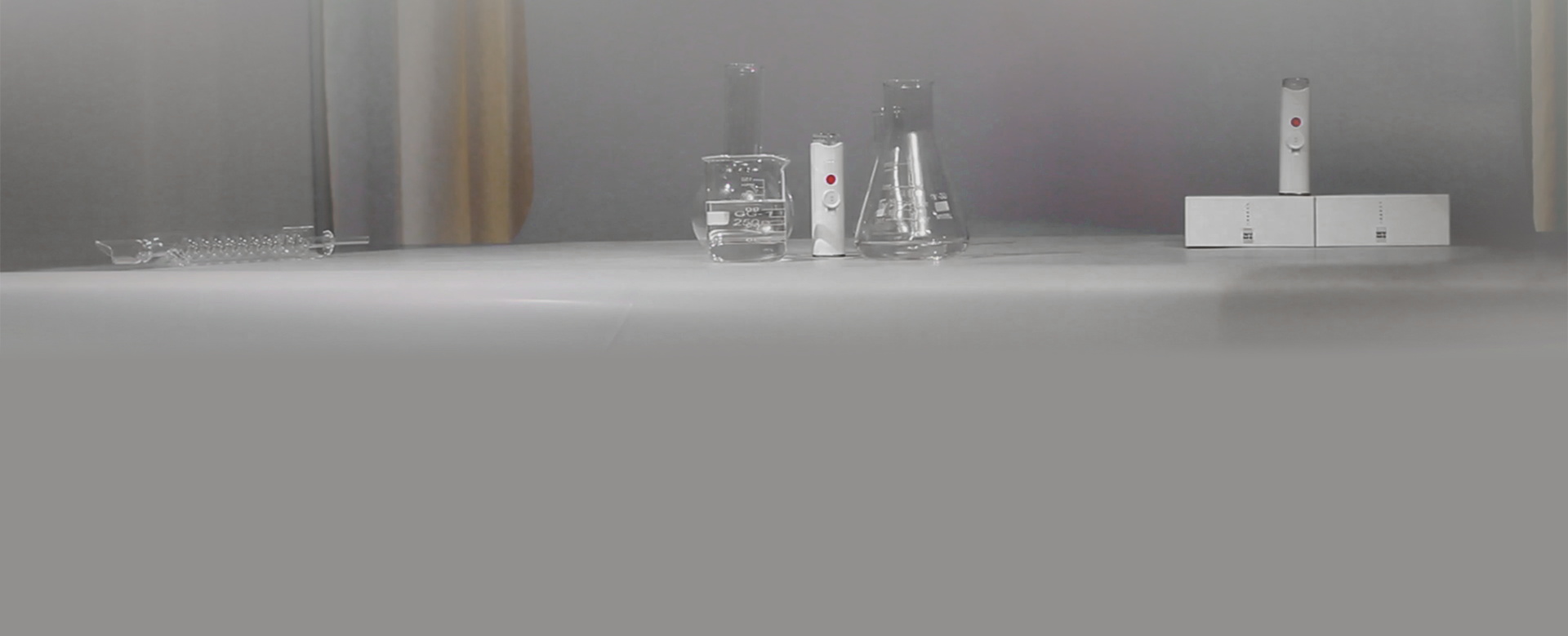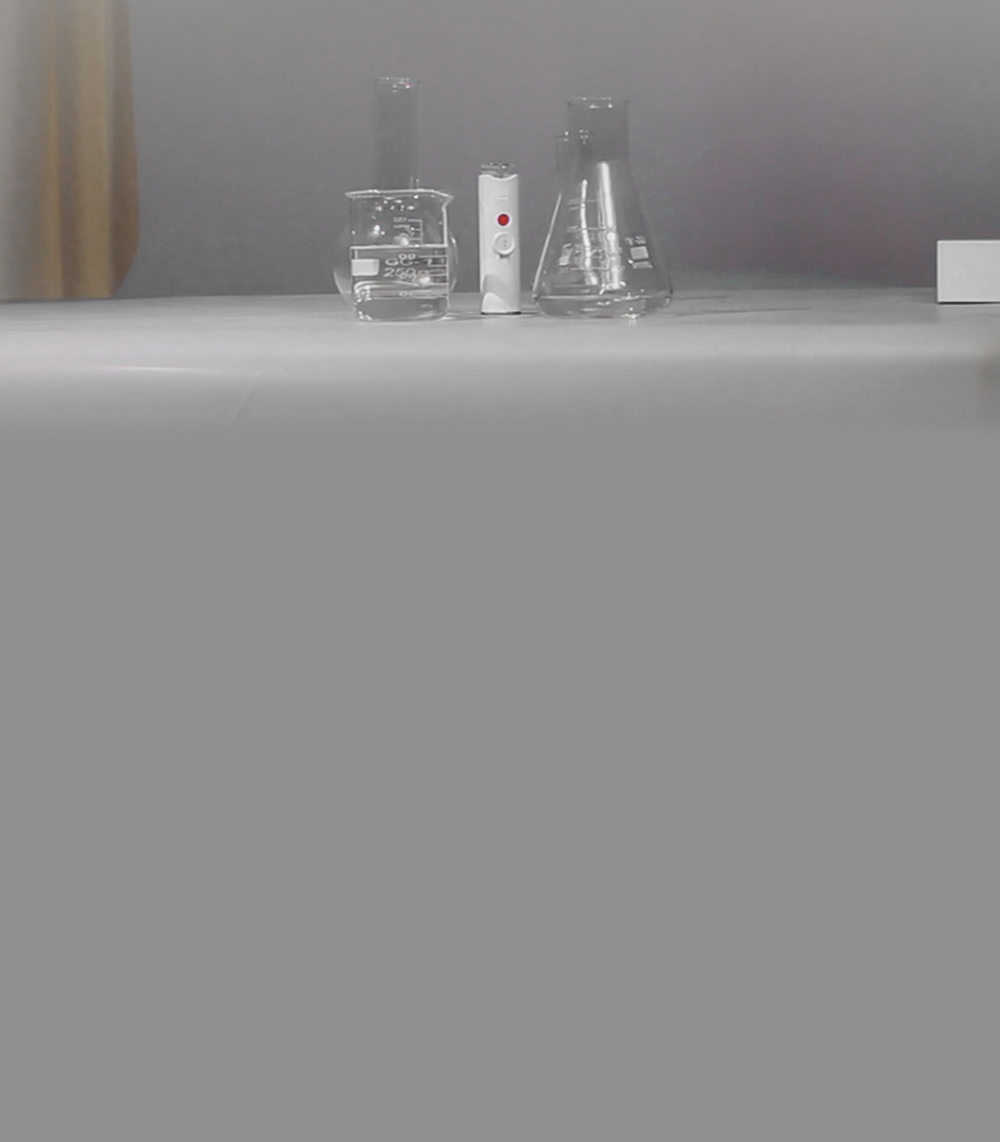A new study in Photochemical & Photobiological Sciences reveals that Fernblock®, a natural extract of the fern Polypodium leucotomos, effectively protects human retinal cells from the damaging effects of blue light. The research highlights that Fernblock® not only prevents oxidative stress and DNA damage but also controls inflammation more effectively than lutein, a well-known antioxidant for eye health.
With the increasing use of digital devices and LED lighting, concern is growing about the potential harm that cumulative blue light exposure can cause to eye structures, particularly the retinal pigment epithelium (RPE). This damage is linked to oxidative stress, which can lead to inflammation, DNA damage, and cell death, contributing to eye conditions.
This study investigated the protective capabilities of Fernblock® on RPE cells repeatedly exposed to blue light, using lutein as a benchmark for comparison.
Key Findings from the Study:
Protection Against Cellular Damage: Both Fernblock® and lutein pre-treatments successfully shielded retinal cells from blue light-induced damage. They prevented the drop in cell viability, reduced the overproduction of harmful reactive oxygen species (ROS), and limited DNA damage.
Superior Anti-Inflammatory Action: Fernblock® demonstrated a significant advantage in controlling inflammation. While lutein only partially reduced the secretion of the inflammatory marker TNF-α, Fernblock® completely restored its levels to that of healthy, unexposed cells.
A Different Protective Mechanism: The study uncovered a key difference in how the two compounds work, centered on the NRF2 antioxidant pathway—the cell's own defense system against oxidative stress.
When exposed to blue light, retinal cells activate NRF2 as a defense mechanism.
Lutein pre-treatment prevented this activation, suggesting it acts as a direct antioxidant filter.
Fernblock®, however, maintained the high levels of NRF2 activation, suggesting it works by enhancing the cell's own ability to fight oxidative stress.
Conclusion:
Fernblock® is a promising natural compound for protecting the eyes from the harmful effects of chronic blue light exposure. Its ability to reduce oxidative stress and DNA damage, combined with its superior anti-inflammatory effects, makes it a strong candidate for use in new prophylactic strategies against blue light-associated eye conditions. The unique mechanism of action, which involves boosting the cell’s endogenous NRF2 antioxidant response, distinguishes it from other compounds like lutein and merits further clinical investigation.
Source & Link to Original Article:
For credibility and academic integrity, the original research paper is cited below. You can access the full article via the following link.
Citation: Gallego-Rentero, M., López Sánchez, A., Nicolás-Morala, J., Alcaraz-Laso, P., Zhang, N., Juarranz, Á., González, S., & Carrasco, E. (2024). The effect of Fernblock® in preventing blue-light-induced oxidative stress and cellular damage in retinal pigment epithelial cells is associated with NRF2 induction. Photochemical & Photobiological Sciences, 23, 1471–1484.

